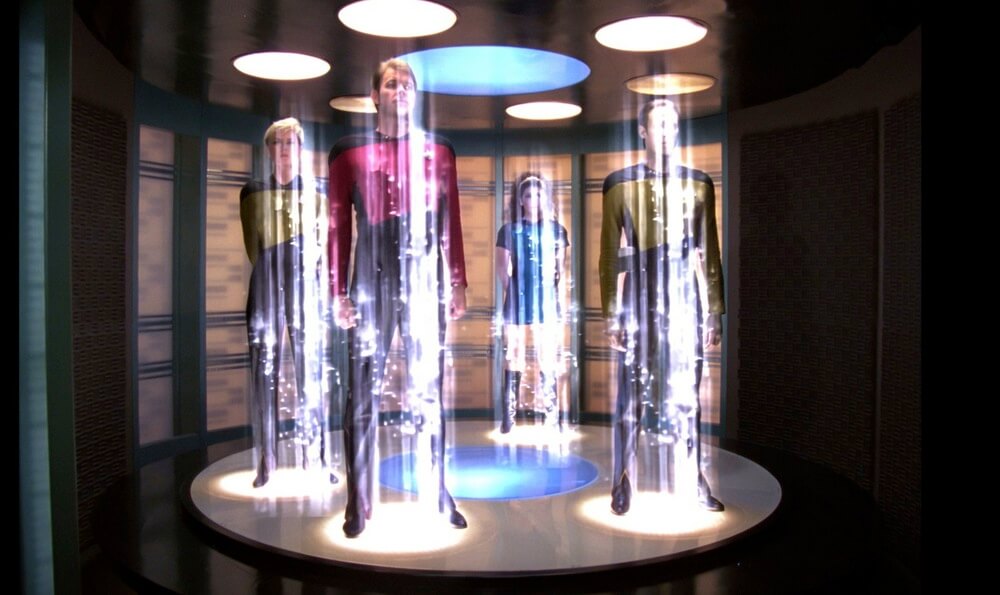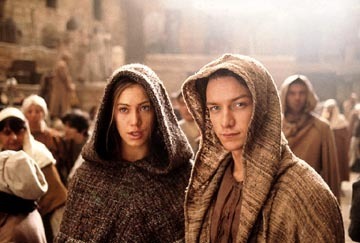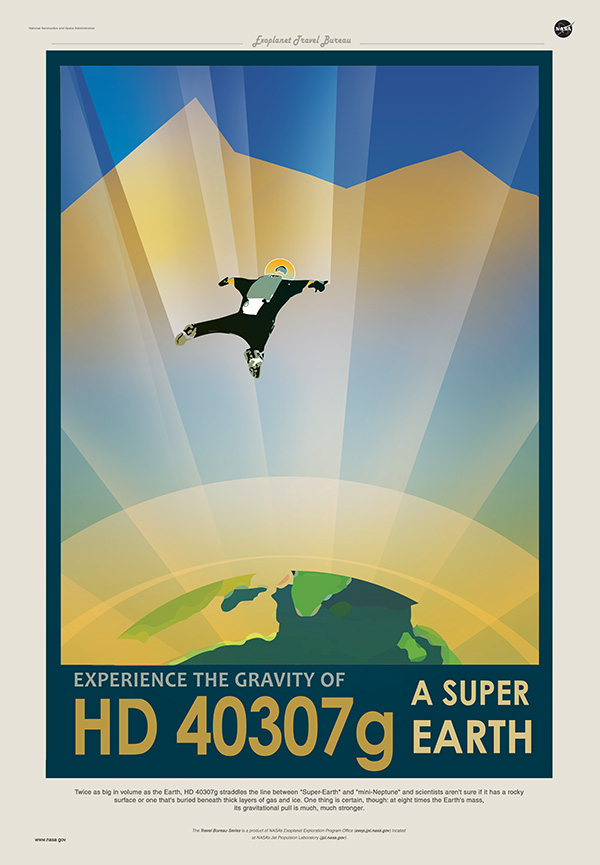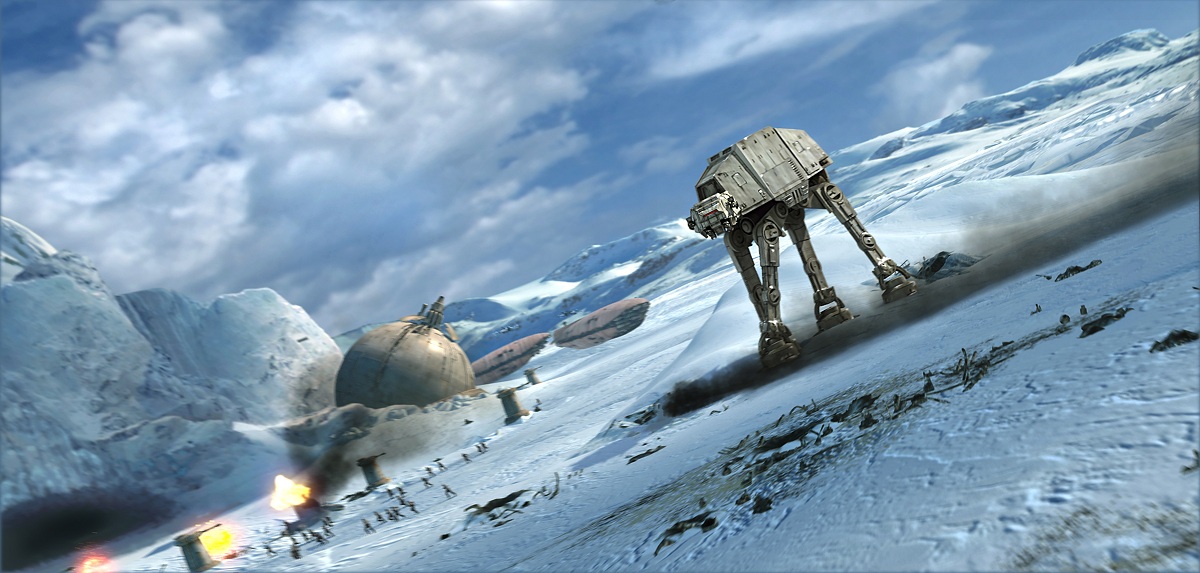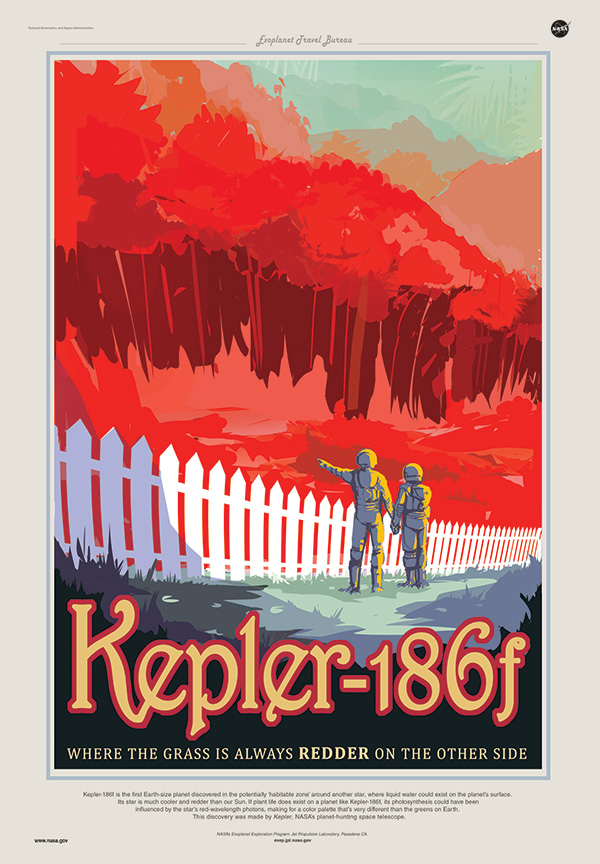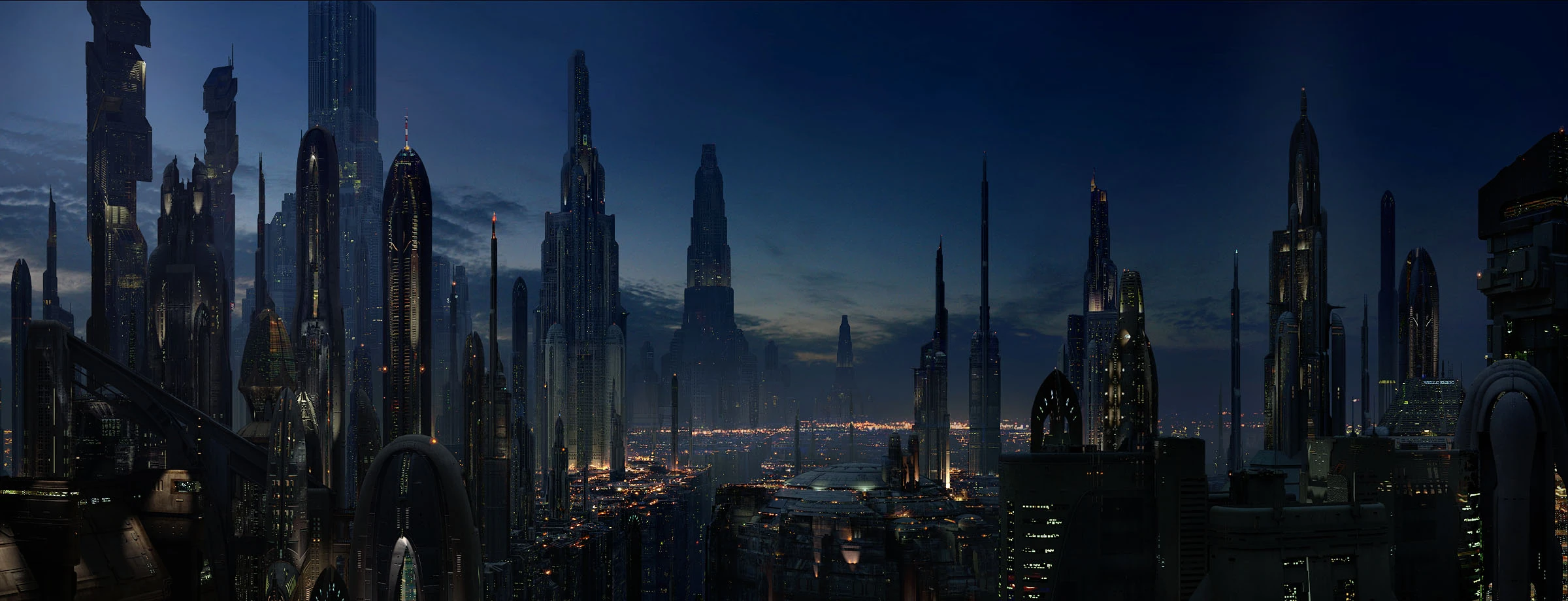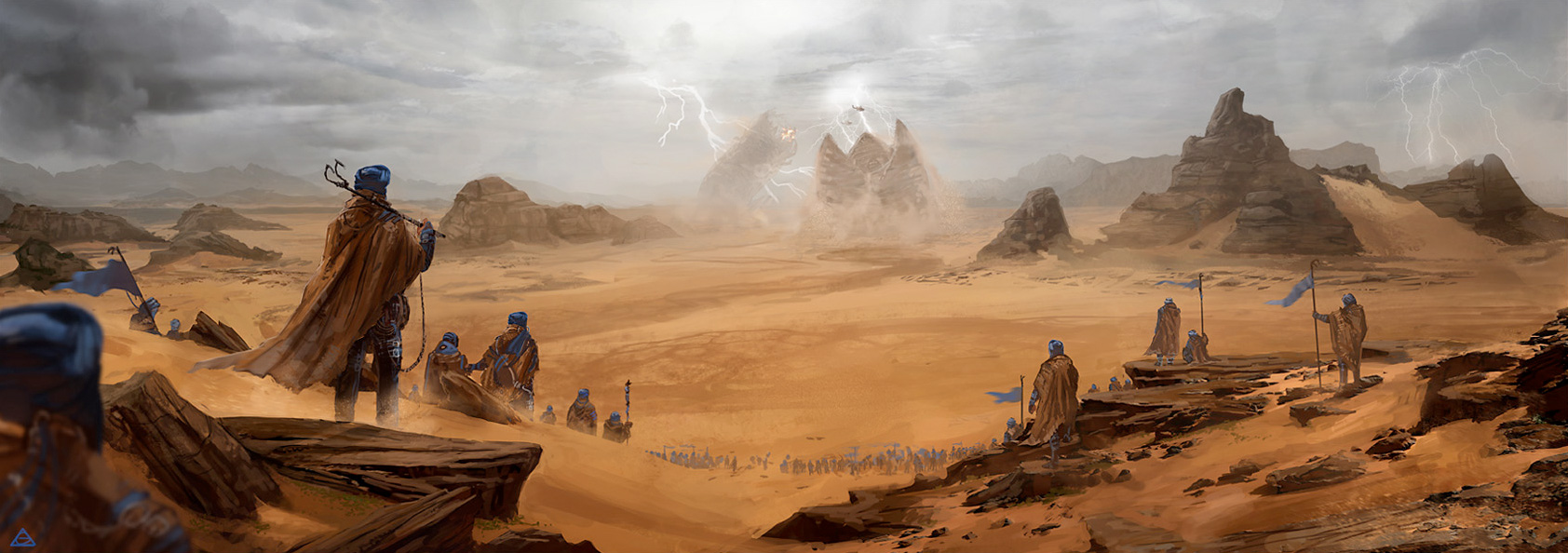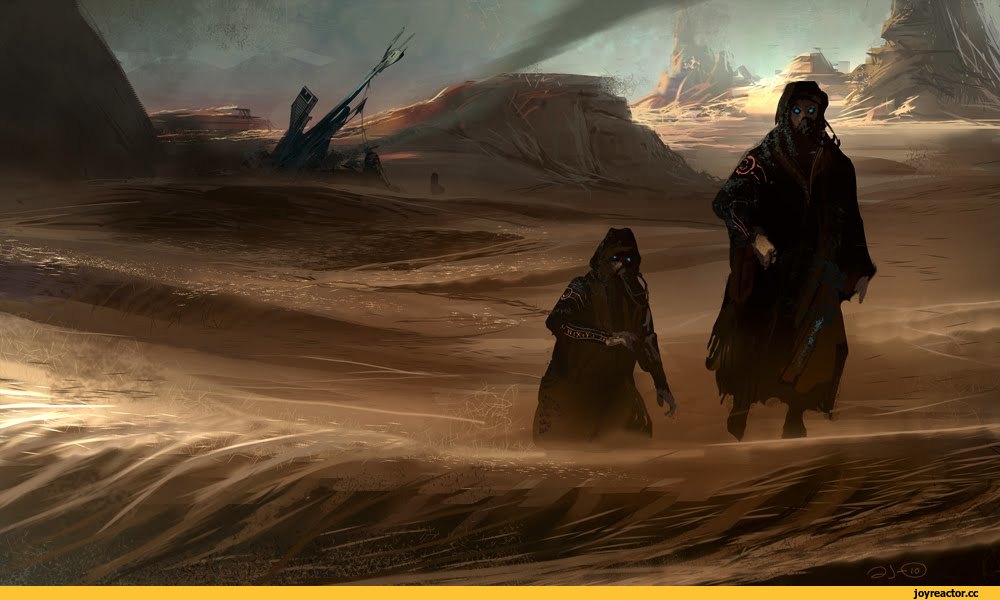Frank
Herbert has done it again, although I'm not sure what 'it' is exactly
in this case. God Emperor Dune is wonderful and puzzling profound.
This book is very different from your traditional science fiction
story telling, I wanted to put it down, yet couldn't, I found it too
intriguing. I'm not sure if I'm baffled by the vagueness of the text
or perplexed by the complexities of the plot, in this case, I
honestly cannot tell! It takes place several thousand years after
Children of Dune, under the rule of Leto II who has combined his
flesh with the sand trout to become essentially a sandworm.
What
I do know is that the Golden Path is preserved by Leto II, the God
Emperor, and the empire continues on through, I presume, the lineage
of Duncan and Siona. Siona is not seen in the prescience of Leto, I'm
not sure why that is, might have something to do with the Ixian
machine, an artificial intelligence that can predict the future. And
having an empire ruled by a lineage that can't be seen in prescience
would be the ultimate weapon against this Ixian machine. The Golden
Path preserves humankind though the billions of years of the
universe!
What
does the Golden Path protect us from exactly? Through prescience,
does Leto see the empire fall into civil war on a galactic scale to
end in our destruction? Or does the space-faring humans advance in
technology such that we repeat the horrors of the Butlerian Jihad but
lose this time to the machines? Or is it some external alien force,
hinted by Brian Herbert in the prequels, that destroys humankind?
It
seems that most readers interpret the Arafel or the 'cloud darkness'
as the destruction of humankind caused by the Ixian AI. However,
arafel, a Hebrew word, is also and quite often associated with the
presence of God. Knowing Leto to speak in layers and the many
religious overtones in the Dune novels I'm not sure how to interpret
this. I deduce that there are at least two interpretations, one is
that it does refer to the destruction of humankind brought on by the
Ixian machine or two, it refers to a second Kwistaz Haderach, outside
of the Atreides lineage, much like what the Tleilax tried to do in
Paul of Dune (another great novel by the way). Maybe the next novel,
Heretics of Dune will elucidate this conundrum.
There
is a saying throughout the novels, “the spice must flow”. The
spice is considered the life blood of the Imperium. The spice is
salubrious and is used by the Navigators, Bene Gesserit and the
various noble families of the Landsraad. However what is the life
blood is also possibly the destruction of mankind. Leto, seeing the
Golden Path, terraforms Dune and kills the sandworms in the process,
which ends the spice production, this results in a technological
retraction of the human race or as mentioned in the novel 'Leto's
Peace'. Could this be what saves humankind? The loss and dependence
of the spice?
While reading I got the vibe that Leto II always acts such that his Golden Path is secured via is prescience. However, to those with non-prescience it appears Leto II is a brutal tyrant demigod. Indeed, he is known as The Tyrant. If humankind in our day had a leader with prescience would we, the non-prescience, view him/her as a tyrant? God
Emperor of Dune was an excellent read. Very cerebral and intriguing.
Dune fans will not be disappointed.












